Cooling is one of the most important factors to consider when building a contemporary PC. Without sufficient cooling, system components may overheat and become unstable, crash, or even sustain irreparable damage. Where to plug in case fans on motherboard? Connecting case fans to the motherboard enables improved fan speed control and performance monitoring. Case fans are a crucial part of a PC setup. Newbies might find it complicated to connect case fans to a motherboard.
In this post, we’ll look at case fan installation on motherboards and how to plug them in. Find the motherboard’s fan headers. Typically, they have the “SYS_FAN” or “CHA_FAN” labels. Match the pins on the fan header’s connection to the connector on the fan. To firmly anchor the connection, apply a little downward pressure. It ought should fit well. Once the user connects all fans, they can use the BIOS or motherboard software to regulate the speed of the fans and monitor their performance.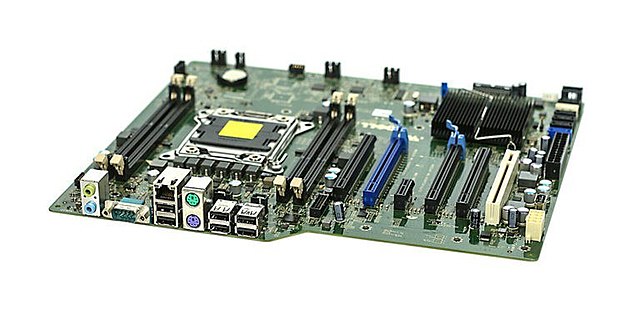
We’ll also go through how to ensure you only connect case fans with a maximum amperage than each header’s maximum allowable. Last but not least, we’ll review some often-asked questions regarding plugging in case fans, such as how many case fans may be connected to a single and how to check whether the case fans are functioning properly. By the time you’re finished reading this, you’ll know exactly how to install case fans on motherboards, where to put them, how to align the connectors correctly, and how to regulate the fan speed.
See Also: How And Where To Plug In Case Fans On The Motherboard?
Table of Contents
Where to plug in case fans on the motherboard?
Case fans are crucial parts of a PC construction that keep the machine cool and functioning properly. Connect the case fans to the motherboard for improved fan speed control and performance monitoring. In this article, we will go through how to connect fans to the motherboard and where to plug in case fans on the motherboard.
See Also: How To Identify CPU Physically: 3 Pro Tips And Tricks
Various connector types
Knowing the different connection types is the first step in installing case fans on a motherboard. The 3-pin connection, which has three wires total one for ground, one for power, and one for tachometer feedback, is the one used most frequently for case fans. The motherboard can track the fan’s speed thanks to the tachometer feedback wire. 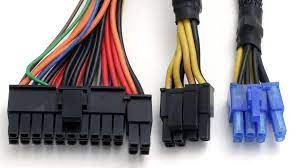
A 4-pin connection that has an extra wire for PWM (pulse-width modulation) control may be of use with newer fans. PWM control, supported by most modern motherboards, enables more exact fan speed adjustment.
See Also: How To Tell If CPU Is Dead: 5 Warning Signs To Watch Out For
Connectors on motherboards
Where to plug in case fans on motherboard? Finding the correct fan connector on the motherboard is the next step. Numerous SYS_FAN or CHA_FAN headers are present on the majority of motherboards and are used to connect case fans. Additionally, some motherboards may include specific connections for CPU fan connection or water-cooling pumps. 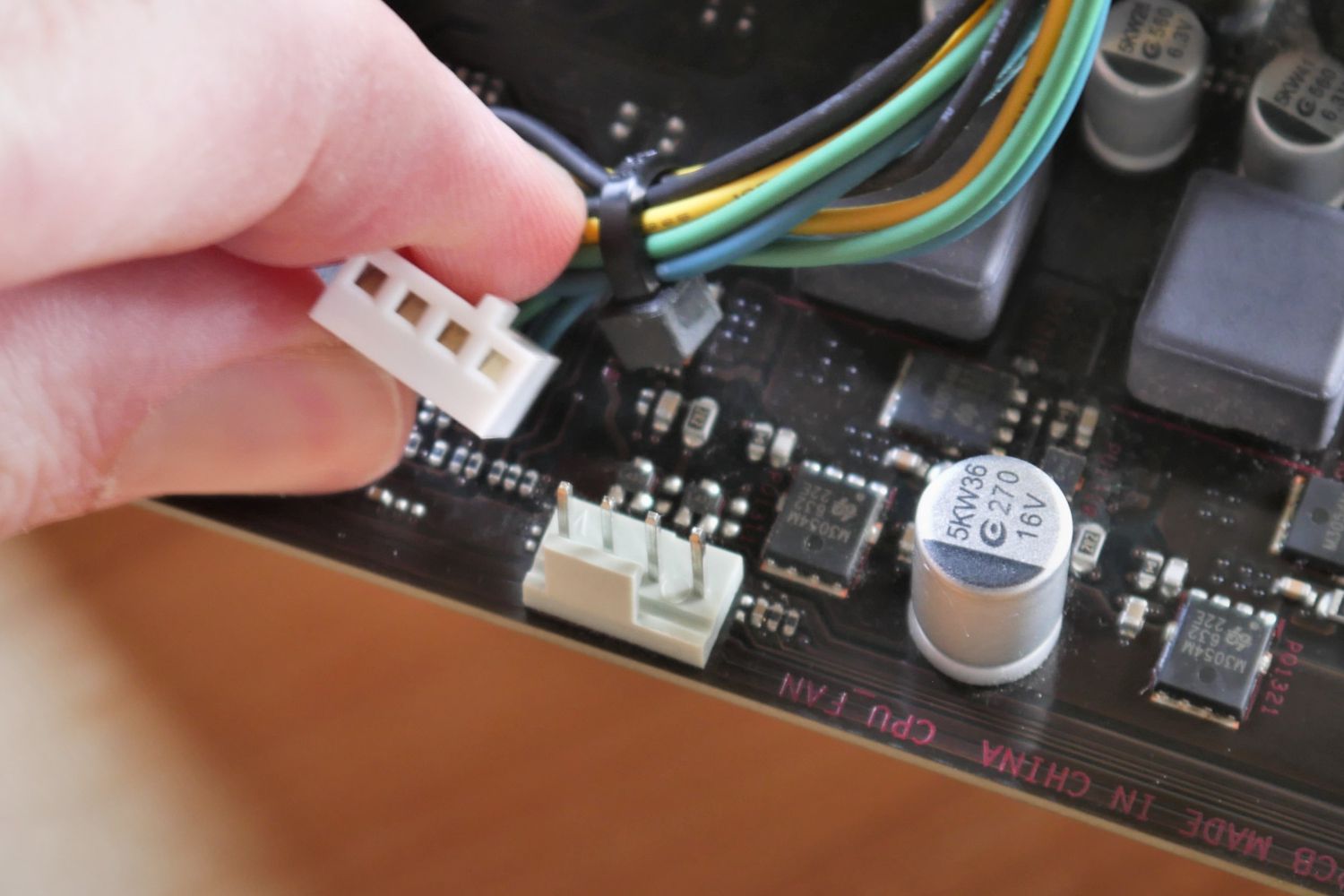
The motherboard determines the maximum amperage and number of case fans that can be safely connected to it. To ensure you stay within the maximum amperage, it’s vital to consult the motherboard handbook.
See Also: How To Tell If Your CPU Is Dying? Complete Guide
Connector Orientation
Paying attention to the connector’s position while plugging in case fans is crucial. When you place the 3-pin or 4-pin connection correctly, the pins on the motherboard should line up with them, and you should hear a pleasing click. If the connector is not fitting readily, don’t push it in since you risk damaging the pins.
Splitter cable use
Where to plug in case fans? If you have more fan connectors on the motherboard than it can support, you may connect them all to a single using a splitter cable. 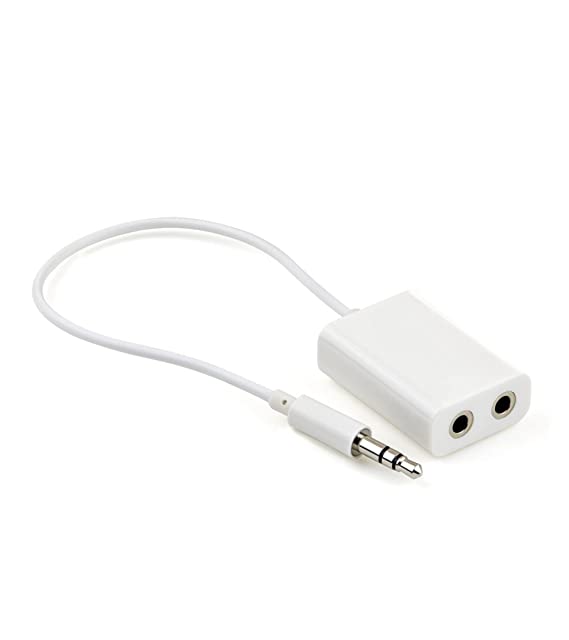 A splitter cable enables you to connect more fans than would otherwise be feasible by distributing electricity from a single to many fans.
A splitter cable enables you to connect more fans than would otherwise be feasible by distributing electricity from a single to many fans.
Fan Control
After attaching the case fans to the motherboard, you must regulate the fan speed. Most modern motherboards have PWM control, allowing the motherboard to automatically change the fan speed in response to the temperature of the system components. 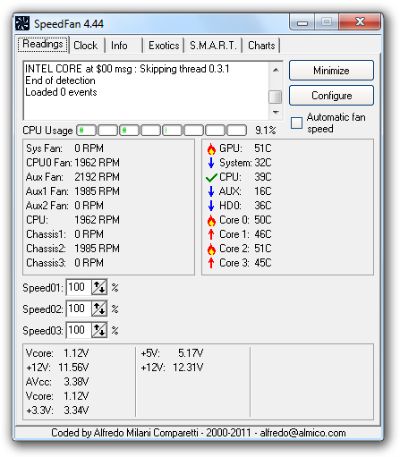
You may use software like SpeedFan to manually modify the fan speed if the motherboard’s automated fan control does not meet your needs. Through the BIOS settings, you may also manually change the fan speed. It’s crucial to exercise caution while increasing the fan speed because doing so too slowly might result in overheating and unstable system performance.
See Also: 19 Best Fan Control Software For Your Windows PC
Tachometer Response
The motherboard receives data about the fan speed via the case fans’ tachometer feedback wire. 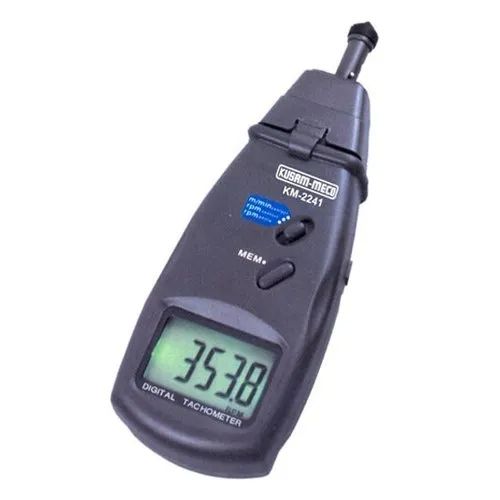
One can track the performance of the fans using this data, and find any problems with their functioning. The tachometer feedback from the fans may be read by software like SpeedFan, which can then offer real-time feedback on their speed.
See Also: 12 Best Free Online CPU Stress Test Software [Updated]
FAQs
What does PWM control mean?
Pulse-width modulation control (PWM) is a technique for modifying a fan's speed by altering its voltage. The length of each brief pulse the motherboard transmits to the fan controls how quickly it spins. Voltage control, a more traditional way of regulating fan speed, is less accurate and efficient than PWM control.
Can I connect my case fans to a motherboard to regulate them?
A fan controller can change the speed of your case fans independently of the motherboard fan header. Thus the answer is yes. You may manually adjust the voltage provided to the fans thanks to a fan controller connected to the power supply.
What should I do if the case fans on my computer are too noisy?
In your case, fans' noise can indicate that they are spinning too quickly. Try changing the fan speed in your motherboard's settings or making a custom fan curve using software like SpeedFan. You may also use rubber or silicone mounts or quieter fans to replace your current ones.
To how many motherboard headers can I attach case fans?
The maximum amperage and the amperage draw to determine how many fans may be connected to a fan header motherboard. Most motherboard headers can support up to 1A, sufficient for 2 or 3 fans. Use a splitter cable to spread the power to connect several fans to a single header.
How can I determine which direction the fan should be pointed?
Whether you want the fan to push air into the case or pull air out determines how you should position the fan. The direction of the arrow, if the fan has one, denotes the direction of airflow.
Can I use various case fan types on the same motherboard?
Yes, you may utilize several case fan types with the same motherboard. However, to ensure they all run at the same speed, you may change the fan speed or use the software manually.
How can I check if the case fans are functioning?
Please turn on the computer to see whether the case fans are whirling to check their functionality. To keep track of the fans' speed, you may also utilize software like SpeedFan.
Conclusion
Where to plug in case fans on motherboard? Case fans on the motherboard must be appropriately connected. You can make sure that your system operates smoothly and keeps cool by being aware of the different connection types, motherboard headers, and connector orientations. To prevent any potential problems, keep in mind to consult the motherboard instructions and exercise caution when modifying the fan speed. These suggestions will help you keep your PC running quietly and quietly.
